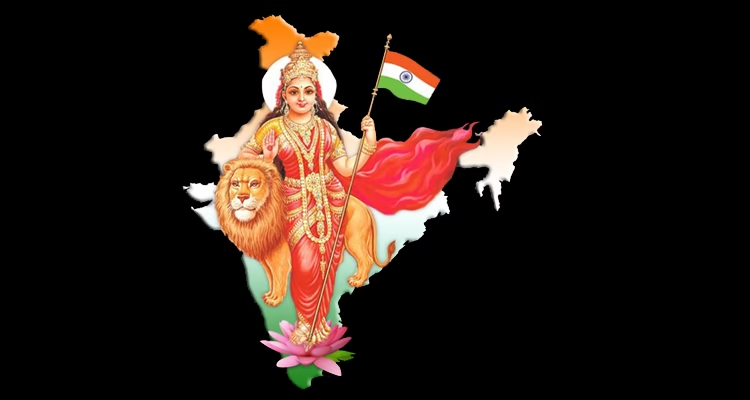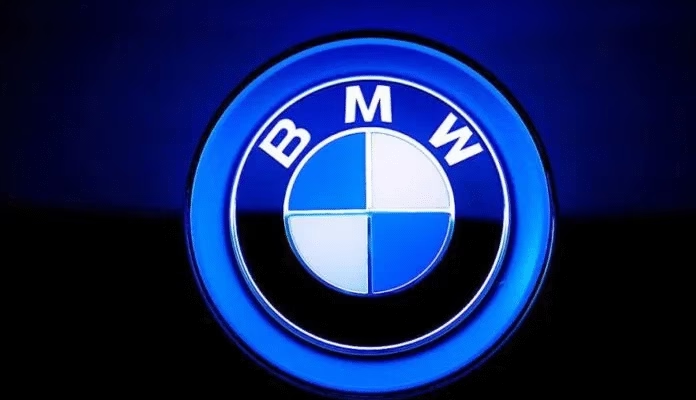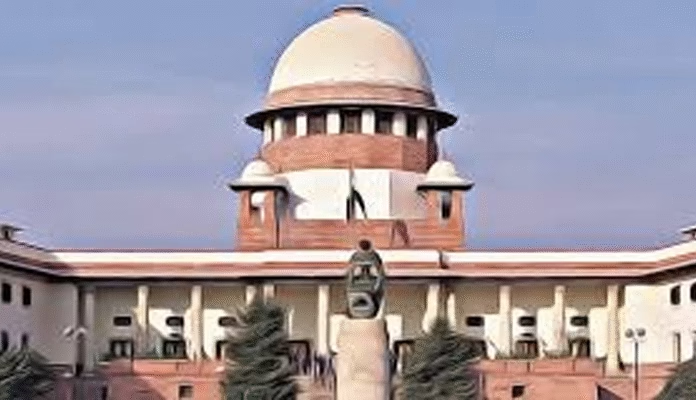
 by Ajay Kumar, Senior Journalist
by Ajay Kumar, Senior Journalist
Bharat Mata… a name, a sentiment, that is the heartbeat of millions of Indians. When someone chants “Bharat Mata Ki Jai,” it is not merely a slogan but a profound call filled with patriotism, reverence, and a deep sense of motherhood. But unfortunately, that very image of Bharat Mata is now becoming a subject of controversy within the country. The same image before which freedom fighters bowed their heads and drew inspiration for sacrifice is now apparently an eyesore for a minister in Kerala. Kerala’s Agriculture Minister P. Prasad boycotted an Environment Day program held at the Raj Bhavan simply because a picture of Bharat Mata was displayed on the stage. This incident is not just symbolic it is a direct reflection of the ideological battle that is now clashing with the soul of India.
P. Prasad is a leader of the Communist Party of India, a party whose roots are not in India but in Tashkent, Soviet Russia, in the 1920s. The entry of a foreign-born ideology into India was itself a warning that it does not align with Indian culture, traditions, or emotions. And that is precisely what has happened. While the nation was echoing with the chants of “Bharat Mata Ki Jai” during the freedom struggle, leftist ideology remained engrossed in protecting Soviet interests. Their absence from the 1942 Quit India Movement stands as the greatest testimony to this.
Whenever the voice of Bharat Mata rose, the Left conveniently turned its face away. When Mahatma Gandhi was asking the British to “Quit India,” Communist leaders stayed silent following Soviet Union’s directive. In 1962, when China attacked Indian borders, the Communist Party of India not only supported China’s claims but also raised slogans like “Beijing is near, Delhi is far.” An ideology that does not see Bharat Mata as a mother but as an imperialistic construct is naturally allergic to her image when in power.
The picture of Bharat Mata is not a symbol of any particular religion. It was created by Abanindranath Tagore in 1905, portraying India as a four-armed goddess holding the Vedas, rice, white cloth, and a garland. This image symbolized a culturally rich, self-reliant, and enlightened India. It was created during the fervent nationalist wave that followed the partition of Bengal. Bharat Mata embodied that nationalist awakening which transformed the freedom movement into a mass uprising. That is why from Veer Savarkar to Bhagat Singh and Subhas Chandra Bose, everyone fought with Bharat Mata at the center of their mission.
But now arguments are being made that the image is not a “government-authorized symbol.” The Kerala government even stated that there is no official image of Bharat Mata, and hence, displaying it on a government platform is unconstitutional. Agriculture Minister P. Prasad further alleged that the picture bore the flag of a political party, and therefore, he couldn’t accept it. The question is has Bharat Mata become the ideology of just one political party? Has chanting “Bharat Mata Ki Jai” now become synonymous with a political ideology?
Governor Rajendra V. Arlekar responded strongly to the controversy, stating clearly that there would be no compromise on the honor of Bharat Mata. This was not just the statement of one individual, but the representation of the emotions of millions of Indians who see Bharat Mata not merely as a symbol, but as a living force. But unfortunately, the state’s Education Minister V. Sivankutty also jumped into the fray and remarked that the Governor should rise above politics. So now, keeping the image of Bharat Mata is political, but objecting to it is considered national interest!
Such strong opposition to the image of Bharat Mata is not just a cultural clash. It is the result of a long-standing ideological divide where one group has always viewed India merely as a geographical entity, while another sees it as a sacred motherland. The Left’s politics has always been inspired by foreign theories. Whether it’s Marxism or Maoism, there has never been a place for Indian thought or tradition in it. That’s why they are uncomfortable with the image of Bharat Mata because it represents an India proud of its cultural heritage, one that learns from its history, and worships its mother as God.
This mindset is no longer confined to Kerala. It exists in various parts of the country, determined to dismantle the very essence of India. It is the same mindset that shouts slogans like “Afzal, we are ashamed, your killers are alive.” It is the same voice that rose from JNU and spread through Kanhaiya Kumar. When such a mindset finds shelter in the government, it dares to remove the image of Bharat Mata from public platforms.
But there is a deeper issue at play here. Today, there is a growing tendency to view nationalism through a narrow lens. Images of Bharat Mata and slogans like “Vande Mataram” are being painted with religious overtones. However, these images and slogans are not merely religious they are symbols of cultural and national consciousness. If someone is offended by the image of Bharat Mata, then naturally the question arises: is their connection to India limited only to constitutional books? Do they not recognize the India that millions call ‘Mother’?
The BJP has taken a strong stance on this issue. State president K. Surendran labeled the state government’s stand as anti-national and declared that an insult to Bharat Mata is an insult to the nation. Meanwhile, the Congress criticized the Raj Bhavan for pushing a political agenda and stated that the Governor should stay away from political symbols. But considering Bharat Mata’s image as merely a political symbol is in itself a grave mistake. This picture does not belong to any party or organization. It represents the emotional bond that every Indian feels.
Ministers like P. Prasad take the oath of the Constitution to assume power, but when the image of Bharat Mata appears before them, they ignore the sentiment embedded in that very oath. If this isn’t irony, then what is? Every citizen of India is expected to respect the nation’s symbols, flag, anthem, and cultural heritage. When a minister avoids an image of Bharat Mata, it is no longer a personal opinion it becomes a political statement. A statement that attempts to fragment the idea of nationalism.
This incident serves as a warning of the internal dangers that threaten India’s unity and integrity. Forces that seek to break the nation do not always come from across the borders they rise from mentalities that refuse to recognize the soul of their own country. To be repelled by Bharat Mata’s image is to reject the very consciousness that binds this nation together. It is not merely a picture it is an idea, a faith, a sentiment that makes India what it is.
Today, the country needs people who see “Bharat Mata Ki Jai” not as a political slogan, but as a mark of reverence. People who feel pride upon hearing the national anthem, and whose eyes moisten and heads bow in respect when they see the image of Bharat Mata. Otherwise, the day is not far when India will be reduced to the pages of a constitution, and Bharat Mata will remain nothing more than a controversial symbol. This is the time to recognize and embrace the soul of the nation again because the insult of Bharat Mata cannot be tolerated under any circumstances. That is India’s true self-respect. That is India’s true identity.



